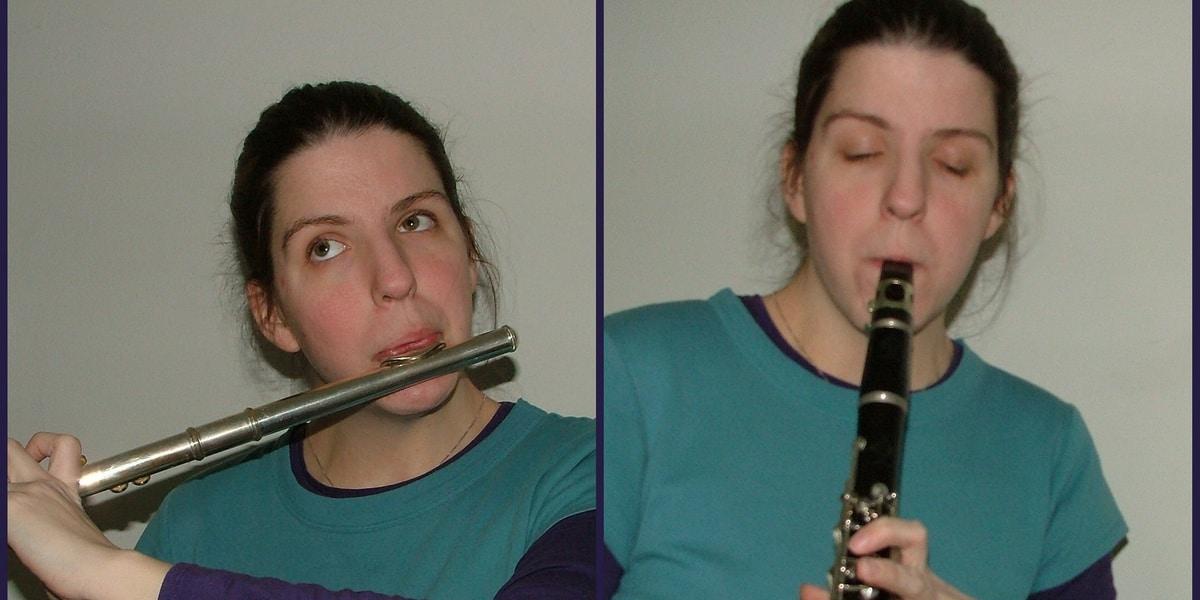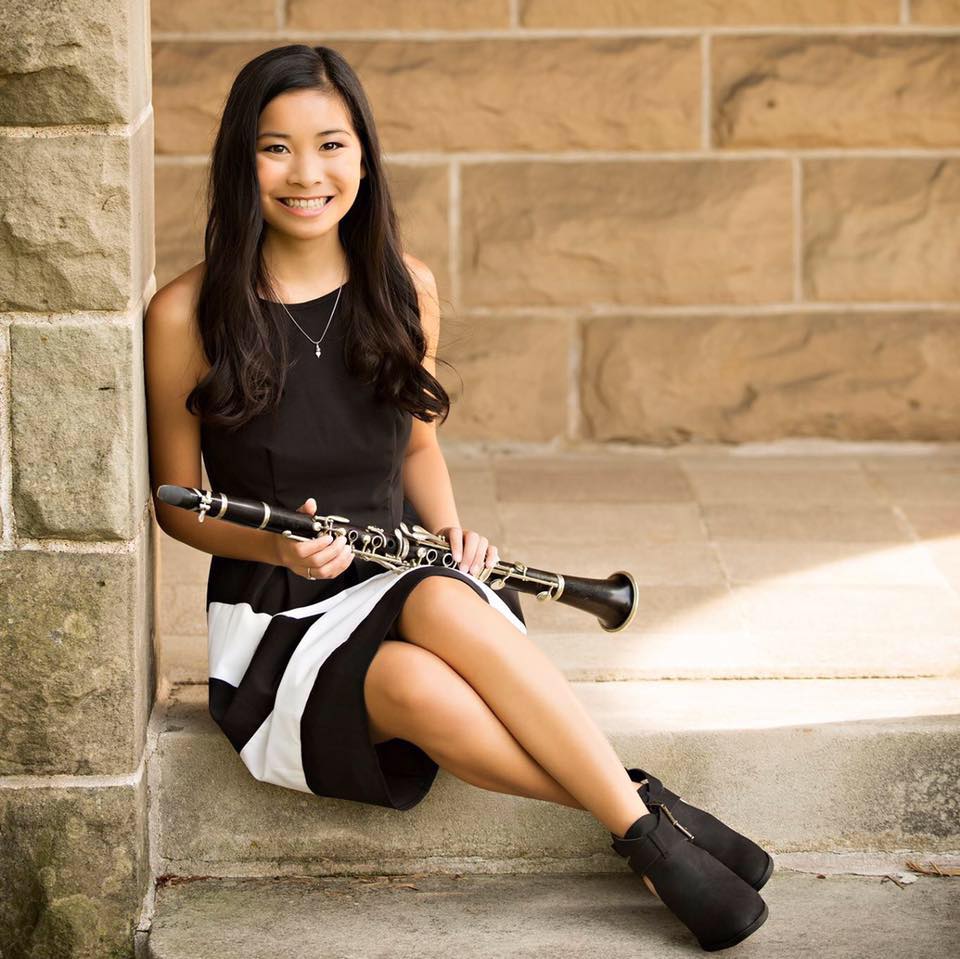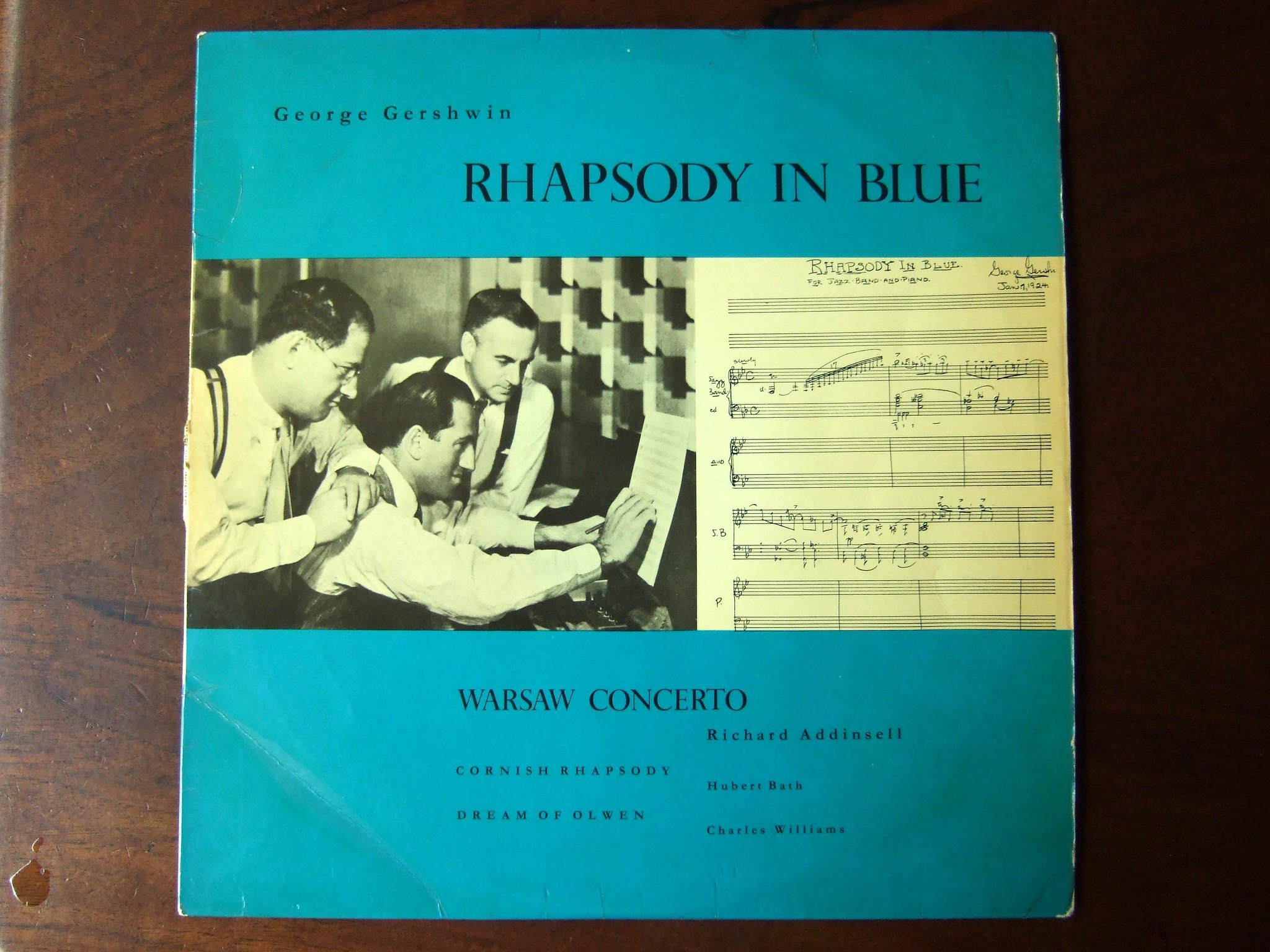Clarinet vs. flute is a common topic discussed amongst young students deciding which instrument they want to play in the band. Both the clarinet and the flute are members of the woodwind family. They are members of the woodwind family because both instruments used to be made out of wood. The clarinet is still made out of wood, but the flute is now made out of metal, silver being the most common. The clarinet and the flute are both popular instruments because they are the instruments that most often get the melody. This article will discuss many similarities and differences between the clarinet and the flute.
History
The Development of the Clarinet
The clarinet is based on the chalumeau. The chalumeau was a peasant pipe that was played with a single reed. The chalumeau did not have a barrel or bell, it was shorter than the modern clarinet, it consisted of 7 tone holes, the range was an octave plus one note, and the instrument did not jump to the higher register when overblown.
The clarinet was invented in the 1700s by Johann Christian Denner, a Nuremberg instrument maker. Denner's clarinet was longer than the chalumeau and featured a bell, a wider bore, eight tone holes, two keys, and a register key that allowed the clarinet to overblow a twelfth. The barrel and the mouthpiece were combined into one piece.
Denner continued to make improvements on the clarinet with help from his son. In 1740, Denner's son Jacob solved the problem of the poor-sounding B-natural by lengthening the clarinet, adding a key to be played by the right hand, and adding a bell at the bottom of the clarinet for resonance. This improvement allowed the clarinet to play almost three octaves, from low E to C3.
Improvements and experiments were constantly being made on the clarinet. Instrument makers made improvements with the size of the bore, the diameter, the taper, and the undercutting of the tone holes. These changes affected the character of the clarinet.
In 1812, Iwan Müller introduced a thirteen-key clarinet. This clarinet design was revolutionary because all of the tone holes were countersucks instead of being built up above the tone holes. Müller also used pads that were made of leather and wool, improving air leaks and acoustics. Müller claimed that this Bb clarinet could play in any key with ease. Müller was the first person to use a metal ligature to hold the mouthpiece on the reed.
Theobald Boehm revolutionized the flute by adding a series of ring keys that wrapped around the diameter of the finger holes. When depressed, the finger covered an additional hole at a distance from the finger hole. Klosé and Buffet produced a clarinet that utilized the Boehm system. This clarinet consisted of seventeen keys and six rings that controlled 24 tone holes. The Klosé-Buffet clarinet is essentially the instrument that clarinetists use today throughout the world.
The Development of the Flute
The flute is one of the oldest instruments known to history. There is little research about the early flute because only a few ancient instruments survived. The Renaissance flute resembles since it has a cylindrical shape and six tone holes. From the design of the Renaissance flute, instrument makers were able to construct several sizes of these flutes.
The most significant development was made by Theobald Boehm. Boehm was a flute maker and virtuoso. Boehm crafted a new model for flute in 1832. Boehm's wooden flute featured a conical shape, large tone holes, and rings that helped regulate the tone holes. In 1847, Boehm created a flute with a cylindrical bore to improve the timbre and stabilize intonation. He also added a parabolic head joint that improved tuning octaves. Tone holes were expanded to an even larger shape which affected the fingers' abilities to cover the holes completely. To fix that problem, Boehm developed padded covers to cover the tone holes.
Appearance
Flute
The flute is the only non-reed instrument in the woodwind family. The flute includes three parts: the head joint, the body, and the foot joint. Each part is assembled by a careful twisting motion. The flute does not have any cork or padding on the ends of the joints, so cork grease and lubricants are not necessary. The flute is approximately 27 inches long with at least 18 keys. The body of the flute is a cylindrical shape. Flutes are generally made out of metal, silver being the most common. Flutes can come with either open holes or closed holes.
Clarinet
The clarinet is a single-reed instrument. The clarinet includes five parts: the mouthpiece, the barrel, the top, and bottom joints, and the bell. Each part is assembled by a careful twisting motion. The clarinet parts have cork on the ends to make assembly smoother. Cork grease can be used when cork dries out. The clarinet is approximately 23.6 inches long. The clarinet has a cylindrical bore. The clarinet is made out of either grenadilla wood, plastic, or metal. Plastic clarinets are geared more towards beginners or for outdoor use. All clarinets come with open tone holes.
Sound and Range
Flute
The flute is a concert pitched instrument. This means that the notes on the flute are the same as the notes on the piano. The range of the flute extends from C4 to D7 on the staff in treble clef. Some flutes have a B foot which allows them to reach low B natural. The lower register of the flute is very mellow and rich. This register is difficult to project. The middle range of the flute is sweeter. The middle-high range of the flute is brilliant and projects very well. The altissimo range of the flute is very piercing and thin.
The flute's sound best resembles a human voice because it is so pure and delicate. The video below features a flute playing Ode to Joy.
Clarinet
The clarinet is in the key of Bb. Since the clarinet is a transposing instrument, clarinetists need to understand the concept of clarinet transposition. The range of the clarinet extends from E3 to G6 on the staff in treble clef. The chalumeau range sounds are very rich in sound. The sound is very full and round. With every low range on an instrument, it is harder to project in the chalumeau register. The throat tones are the most difficult notes on the clarinet. Throat tones often sound pale and unstable. A strong clarinet embouchure and oral cavity are necessary for the throat tone register. The clarion register is a very pure-sounding register. This register is often used in passages that require a sweet, lyrical sound. This register best resembles a human singing voice. The altissimo register is very piercing, much like the flute.
Flute and Clarinet Duets
The flute and the clarinet sound very beautiful together because of their ability to produce a warm and blended sound. The flute and the clarinet are the two woodwind instruments that best resemble human voices singing.
Below are flute and clarinet duets for beginner to intermediate players that are fun to play with friends!
Beauty and the Beast is the beautiful theme from the Disney classic film. This version is arranged as a duet for one Flute and one Clarinet. Buy here.
Children's Corner by Claude Debussy. Arranged for flute and clarinet. 15 pages. Buy here.
10 Swing Duets for Flute and Clarinet are original compositions by David McKeown. They are in a variety of swing styles, and each duet sets a new rhythmic challenge. Buy here.
Fundamentals of Playing
Flute
Embouchure
To form a flute embouchure, say the word "pooh" without having any tension in your lips. You should feel your lips puckering slightly. The head joint plate will rest on the cradle of your chin. The lower lip should be gently spread along the plate. About one-quarter of the hole should be covered by the lower lip. The flutist will have to experiment with head joint placement since it won't be the same for each player. The embouchure should remain flexible and supple while playing to allow each note to have correct intonation, facilitate register changes, and aid in tonal color changes
Holding Position
Flutes are held horizontally and to the right side of the flutist. The flute is held in position by four balance points: the base of the left index finger, the right thumb, the right pinky that rests on the D# key, and the chin.
Clarinet
Embouchure
Clarinet embouchure is the most difficult embouchure to form out of all of the woodwind instruments because of all the muscles it requires. The best resemblance of a clarinet embouchure is the formation your mouth makes when drinking a very thick milkshake. Your chin points downward, the corners of your mouth are firm, your bottom lip curls about a third of the way over your bottom teeth, the top teeth rest on top of the mouthpiece, and your top lip covers your top teeth to create a seal. Unlike the flute, the clarinet embouchure should remain in place while playing. Clarinet embouchure should not be flexible unless the clarinetist is playing in a jazz ensemble.
Holding Position
The clarinet is held in a perpendicular position. The clarinet is held in position by the right thumb under the thumb rest. To help with holding position, clarinetists can purchase a neck strap. Neck-straps relieve the weight of the clarinet on the right thumb and the wrist.
Coloristic Effects
Flute
Flutter Tongue and double or triple tonguing
Flutter tonguing is a coloristic effect for flute. There are two ways one can flutter tongue. The first way is to roll your "r"'s. The second way is to growl in your throat. Imagine gargling water and imitate that feeling when playing. Flutter tonguing adds a unique texture to the sound.
Double and triple tonguing are used in very fast passages. The player will double or triple tongue when they are unable to play the articulations as normal, "do do do". Instead, the syllables that they use are "te" and "ke" in various combinations.
Harmonics
Playing harmonics on the flute adds coloristic effects to the sound, as well as strengthens embouchure muscles. Harmonics are the notes that sound when overblowing, a common technique for flutists. To play harmonics on the flute, finger the pitch an octave below the notated pitch and then overblow. The composer may ask the flutist to play harmonics to produce a special sound. The notation for harmonics is a small circle above the note.
Multiphonics
Multiphonics is simultaneously playing two notes at once.
Vibrato
Vibrato is the even fluctuation of the air column. Vibrato enriches the tone of the flute and adds to the idea of resembling a singing voice. Vibrato also is used to add direction to a musical line. For flute, vibrato can be produced by either moving throat muscles or abdominal muscles in a pulsating movement.
Key Clicking
Key clicking is the slapping down of the keys to produce a percussive and rhythmic effect. Since the flute has pads covering the tone holes, key clicking is very easy for flutists.
Clarinet
The clarinet has less coloristic effect techniques than the flute.
Glissandi
Glissandi are most commonly heard on a trombone because their slide makes it very easy. Glissandi in the smooth sliding from one note to the other while still playing the notes in between. This effect is most commonly used in jazz music, but modern-day repertoire for concert band utilizes clarinet glissandi.
Vibrato
Vibrato is hardly ever used in a concert band setting. Clarinets will utilize vibrato in a jazz ensemble because the embouchure is looser like a saxophone embouchure.
Maintenance
Maintenance for the flute and the clarinet are pretty similar. A clarinetist or flutist should learn how to fix their instruments when minor problems occur. Furthermore, I recommend having a small screwdriver or repair kit in your music locker or instrument case. If you are not familiar with how to fix your instrument, do not attempt to fix it on your own. Ask your band director, lesson teacher, or local instrument technician for assistance. For major repairs, always go to a professional music technician for assistance. I also recommend taking your instrument in to a music technician annually for a checkup.
Flute
To keep the pads of the flute in good condition, use light finger pressure when depressing the keys.
Like every instrument, the best way to take care of your instrument is to keep it clean and free of moisture. The inside of the instrument should be swabbed after every time it's played. The flute is swabbed with a soft, absorbent cloth that is threaded and wrapped around a rod.
For minor issues, there are a variety of accessible tools that can be used for maintenance. A Jeweler's screwdriver can be used to adjust any screws that are loose or falling out. If the same screws keep falling out, you can put a small amount of fingernail polish or white glue on top of the nail to keep it in place. Springs can be fixed by using a crochet hook. Pipe cleaners can be used to clean out the insides of rods. For pads that have fallen out, a bunsen burner or small lighter can be used to replace the pads. A small paintbrush can be used to remove dust and lint in places that are hard to get to.
Clarinet
Saliva and condensation can build up fast inside the clarinet. The clarinet should be swabbed out after every time it is played. A clarinet swab a cloth attached to a drawstring rather than a rod. Before swabbing the clarinet, remember to remove the mouthpiece. If the drawstring part of the swab is pulled through the mouthpiece, there are chances of it gradually refacing the mouthpiece and wearing away the tip of the mouthpiece.
It is very common for saliva and condensation to build up underneath keys which can be missed by the swab. Take a piece of ungummed cigarette paper and place it underneath the pad that has the build-up. The paper will soak up the moisture that was stuck.
Similar to the flute, if there are loose screws it is best to take a small screwdriver and screw it back into place. If the screw consistently falls out, then dab a small amount of nail polish or white glue on top of the screw to keep it in place. Clarinet pads are more fragile and harder to access, so I don't recommend fixing clarinet pads with a lighter. I recommend taking it to either your band director or a music technician.
Unlike the flute, clarinets have corks that help attach each part. To keep the corks in good condition, apply small amounts of cork grease when the corks start to become dry.
Ensembles
Both the clarinet and the flute are found in concert band settings and orchestral settings. There will be more clarinets and flutes in the concert band compared to the orchestra. In an orchestra, you will see about two to three clarinets and flutes. This is because the woodwind and brass sections in the orchestra have more of a soloist role. In a concert band setting, the clarinets and flutes play together as a section.
The clarinet and flute can also be featured in a jazz ensemble. Many saxophone players will double on the clarinet and the flute because specific charts require the sound of those two instruments.
Clarinet and flute choirs, quartets, and quintets are also very popular. Clarinets and flutes are also great instruments for woodwind quartets and quintets.
Closing Thoughts
The flute and the clarinet are two very beautiful instruments. If you play one of these instruments, it will be easier to pick up the other because most of the fingerings are the same. I encourage you to look and listen for the similarities and differences between the flute and the clarinet at the next band or orchestra performance.




